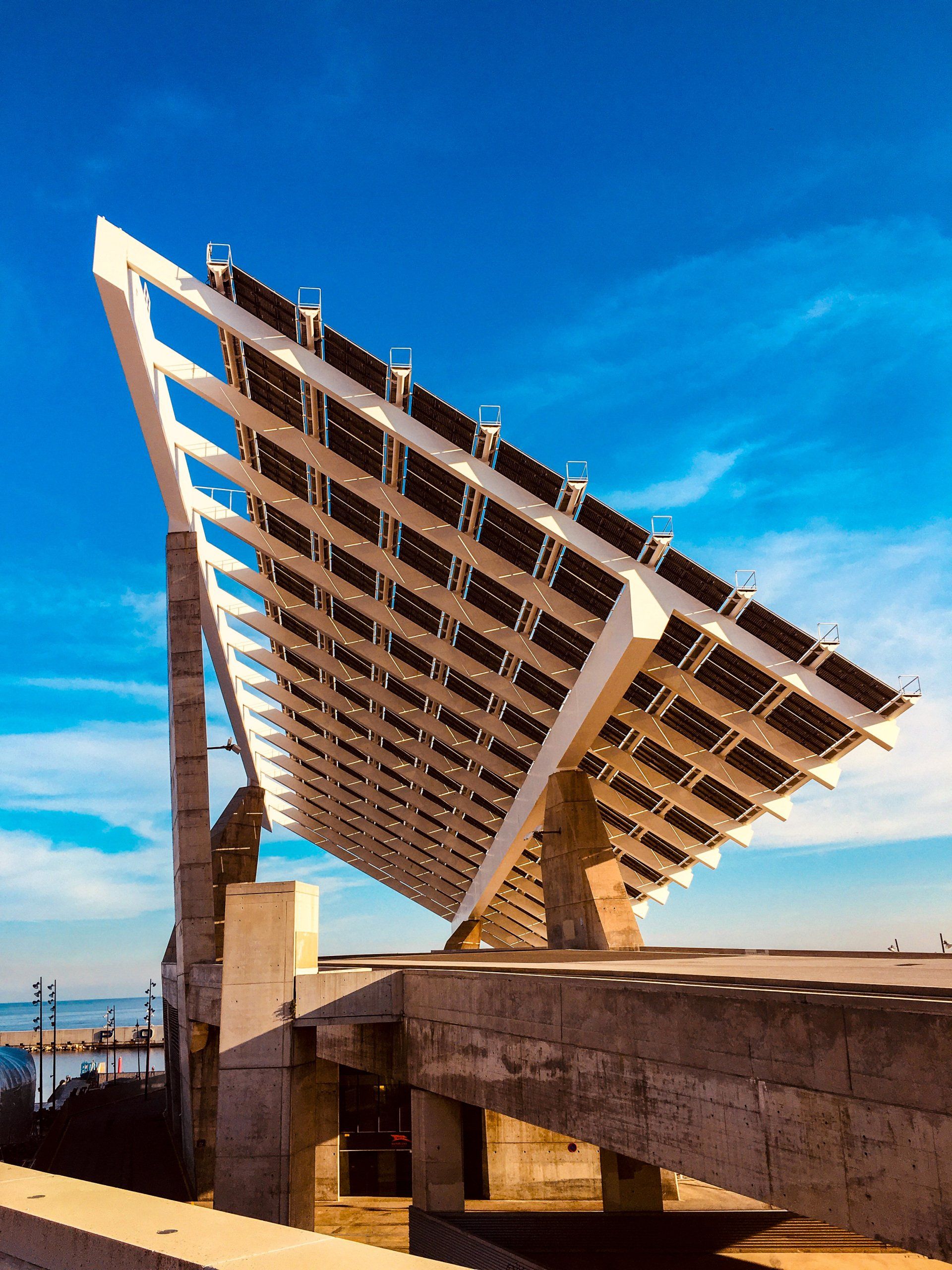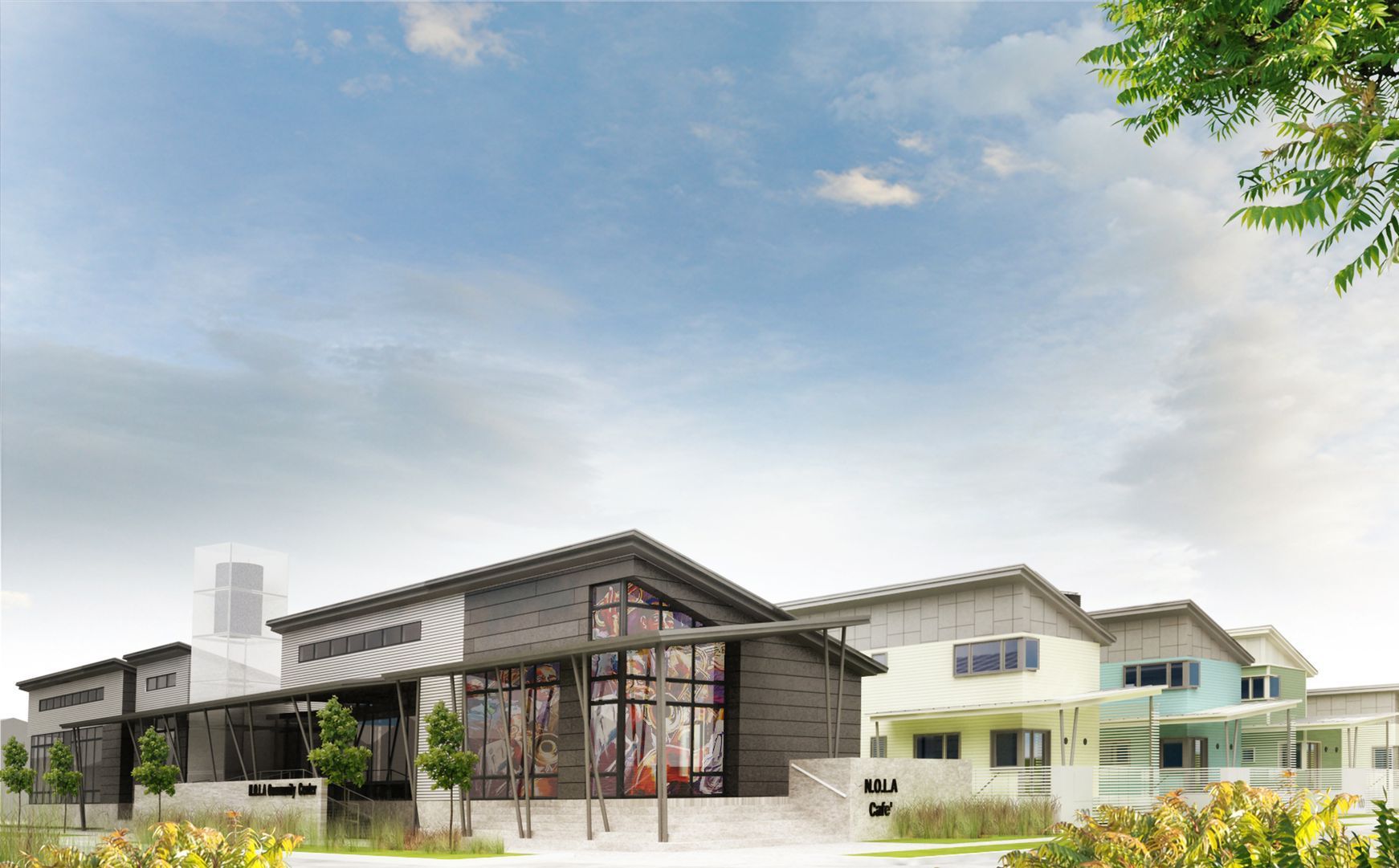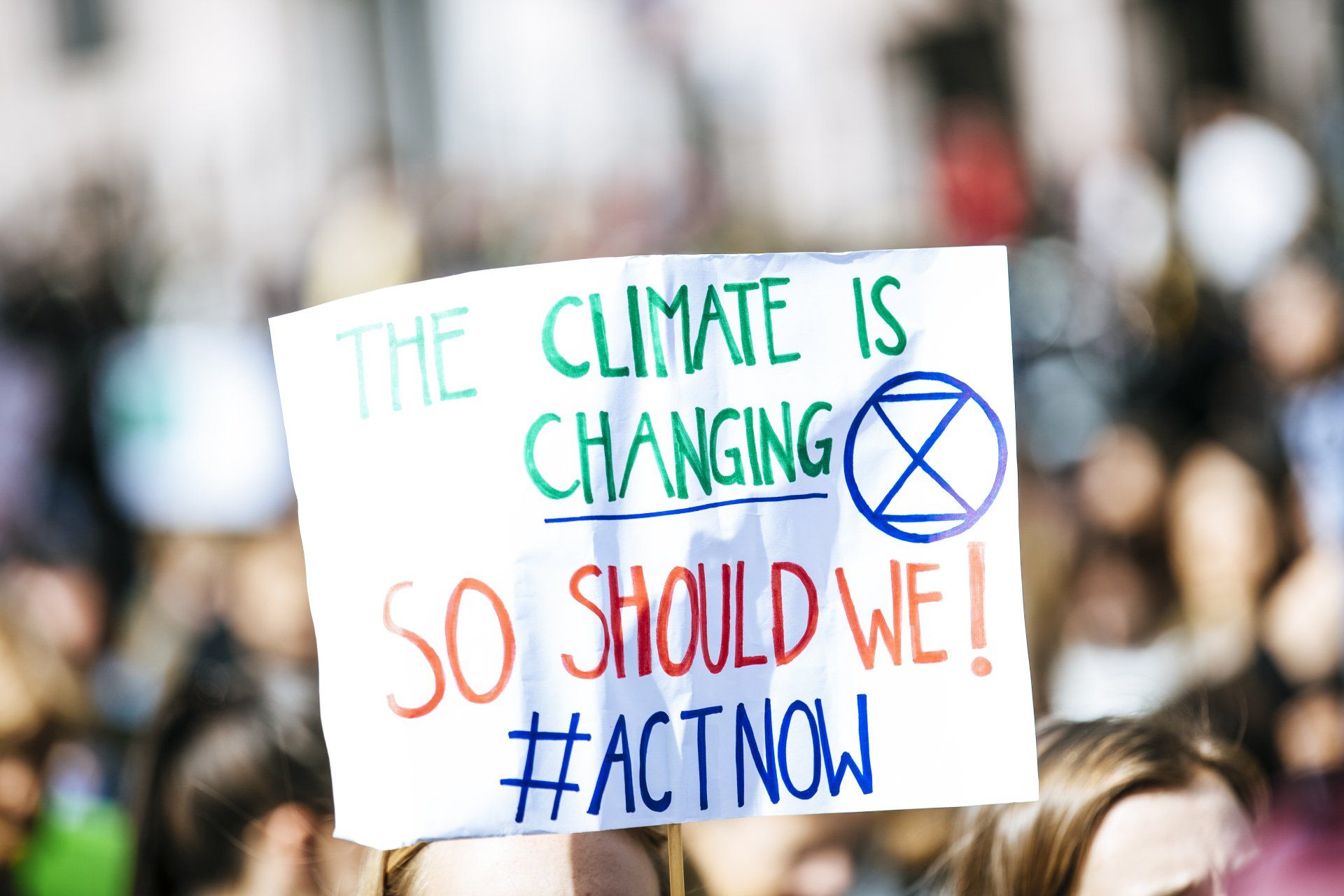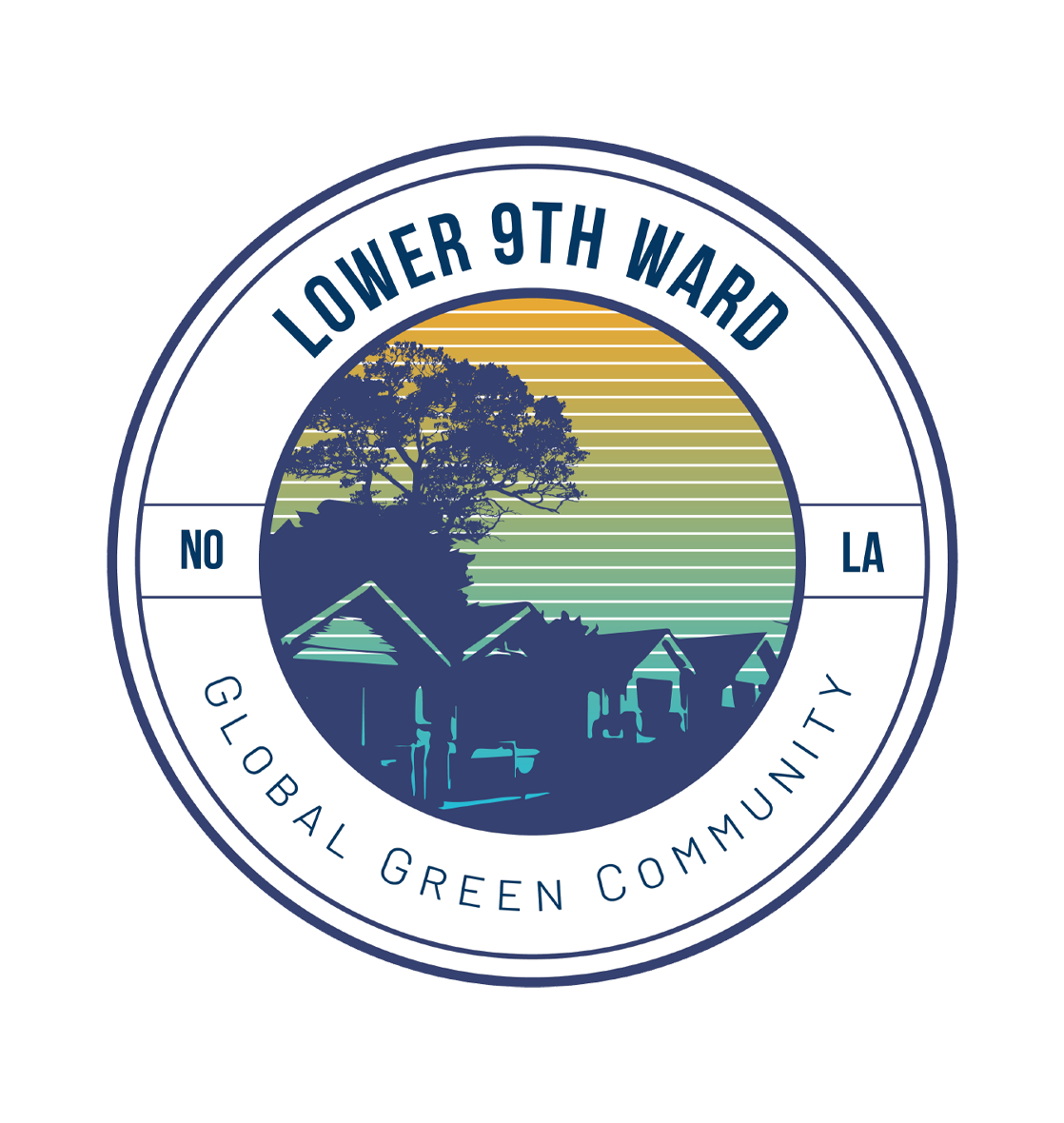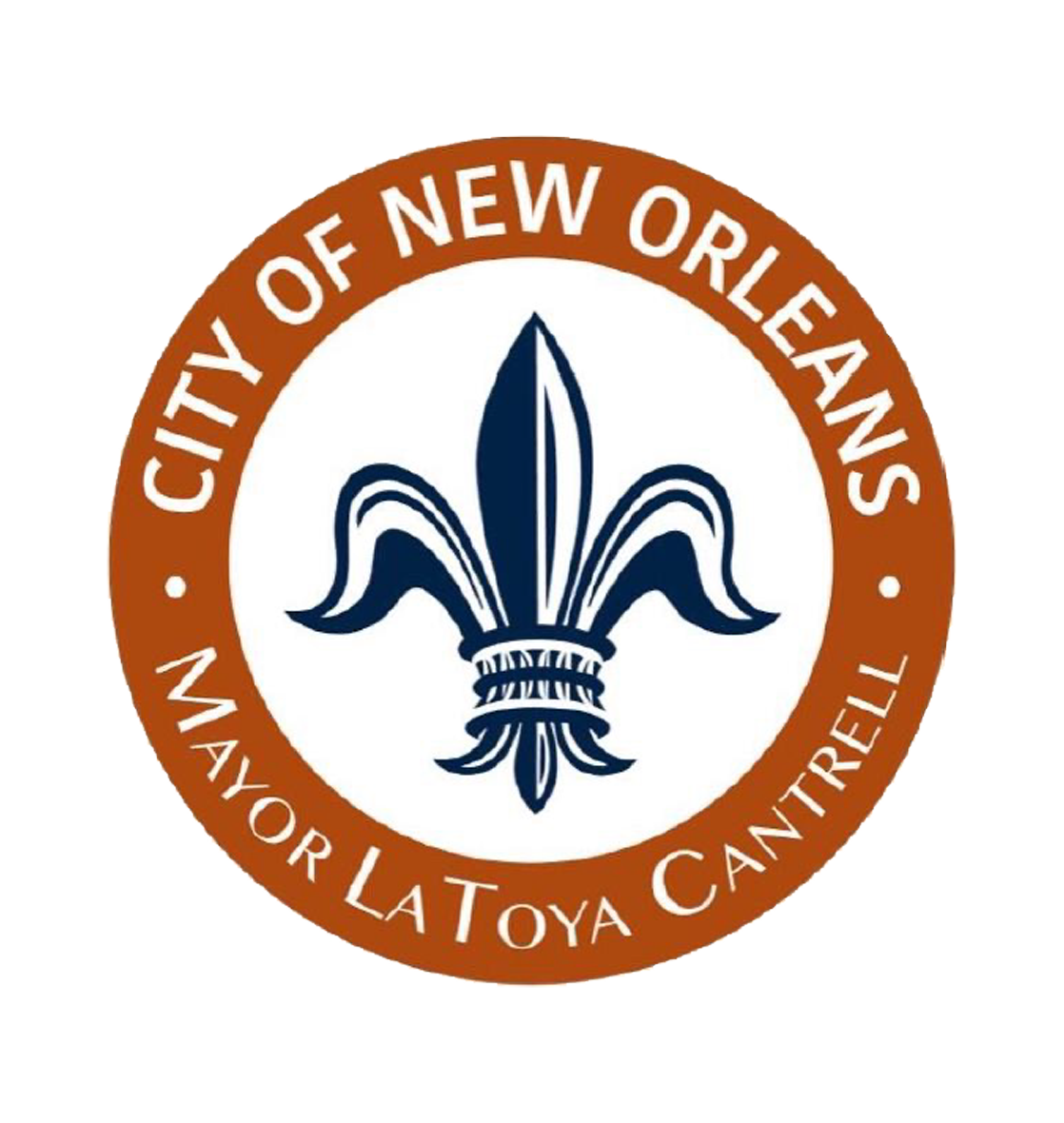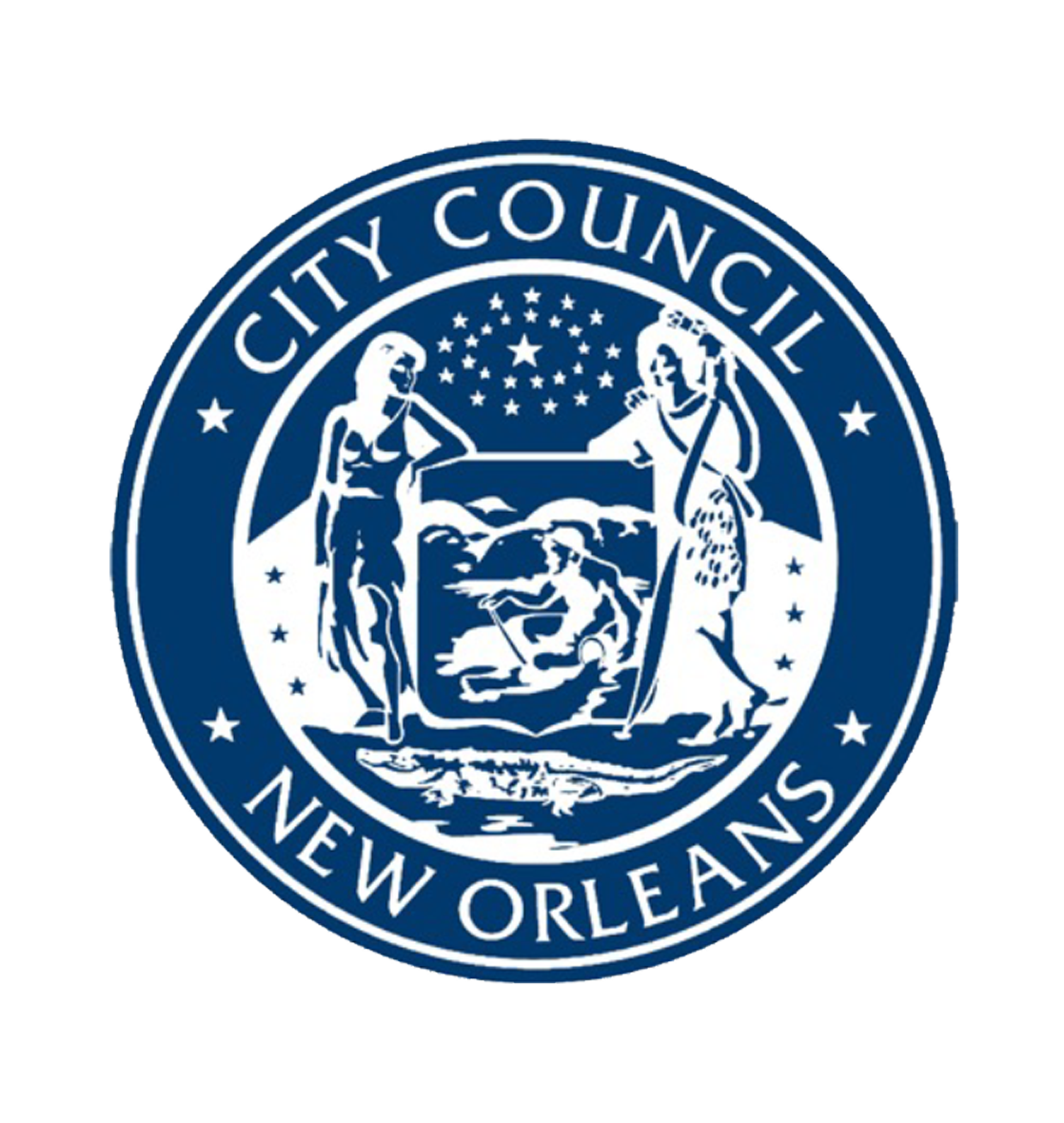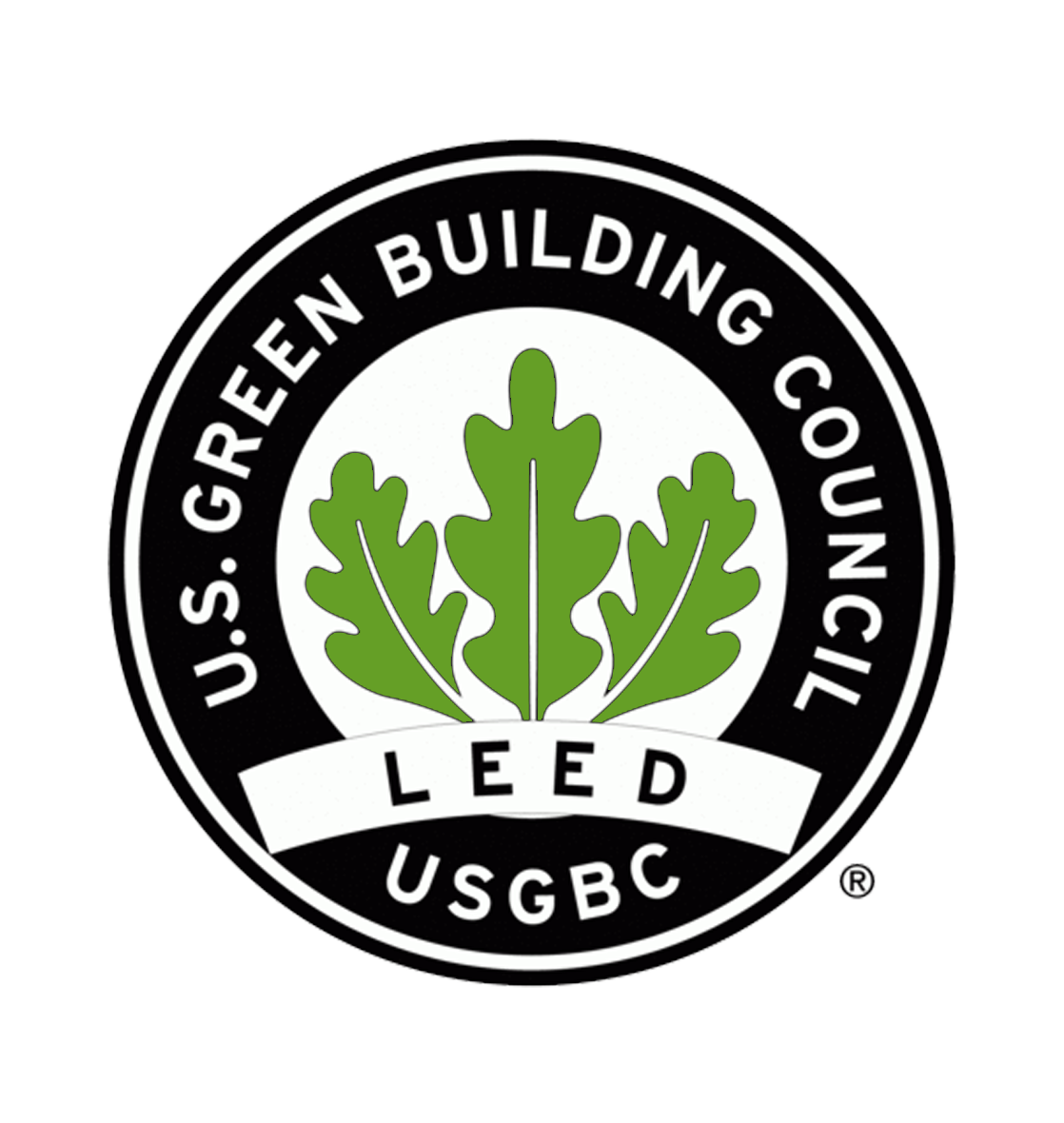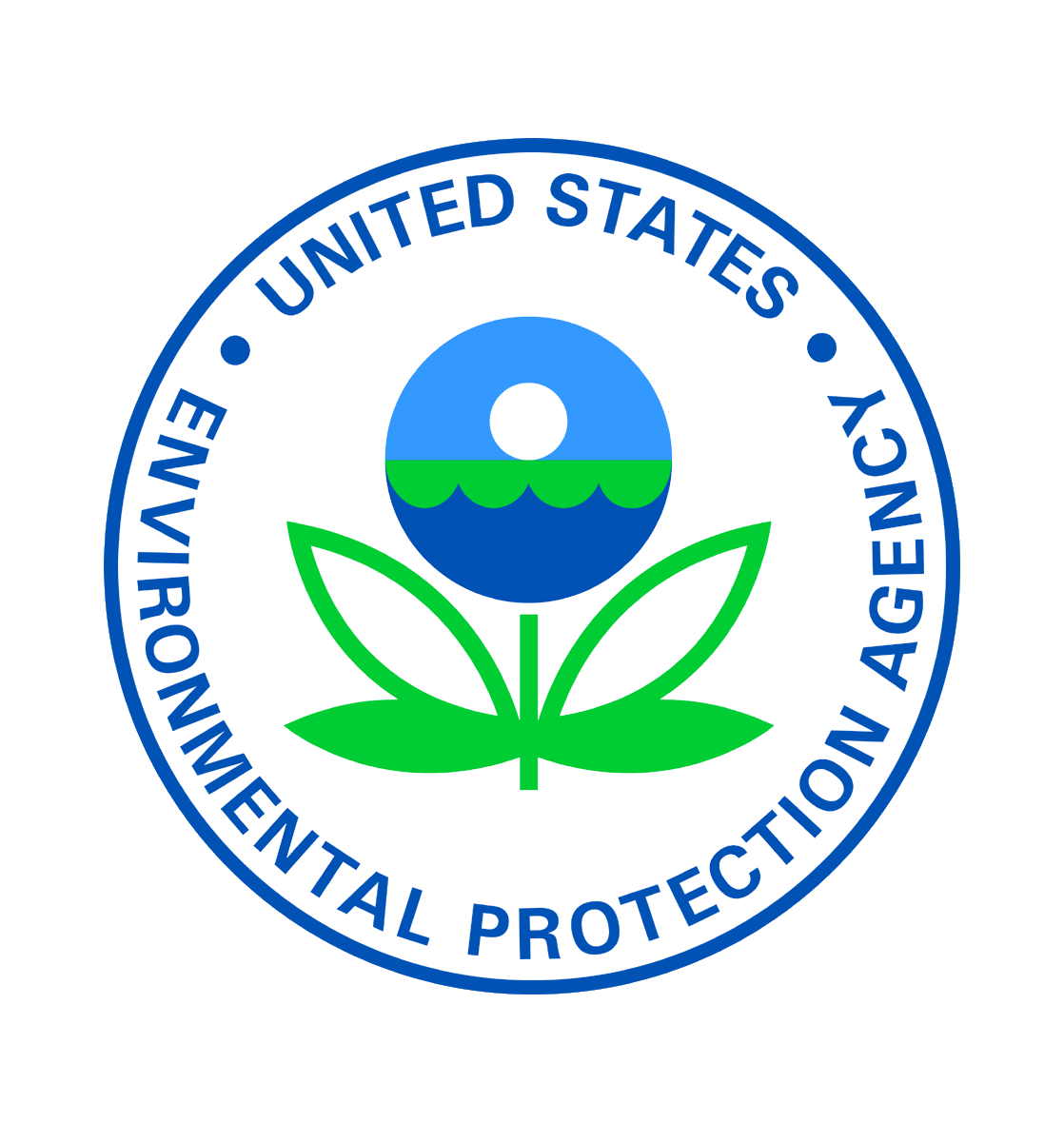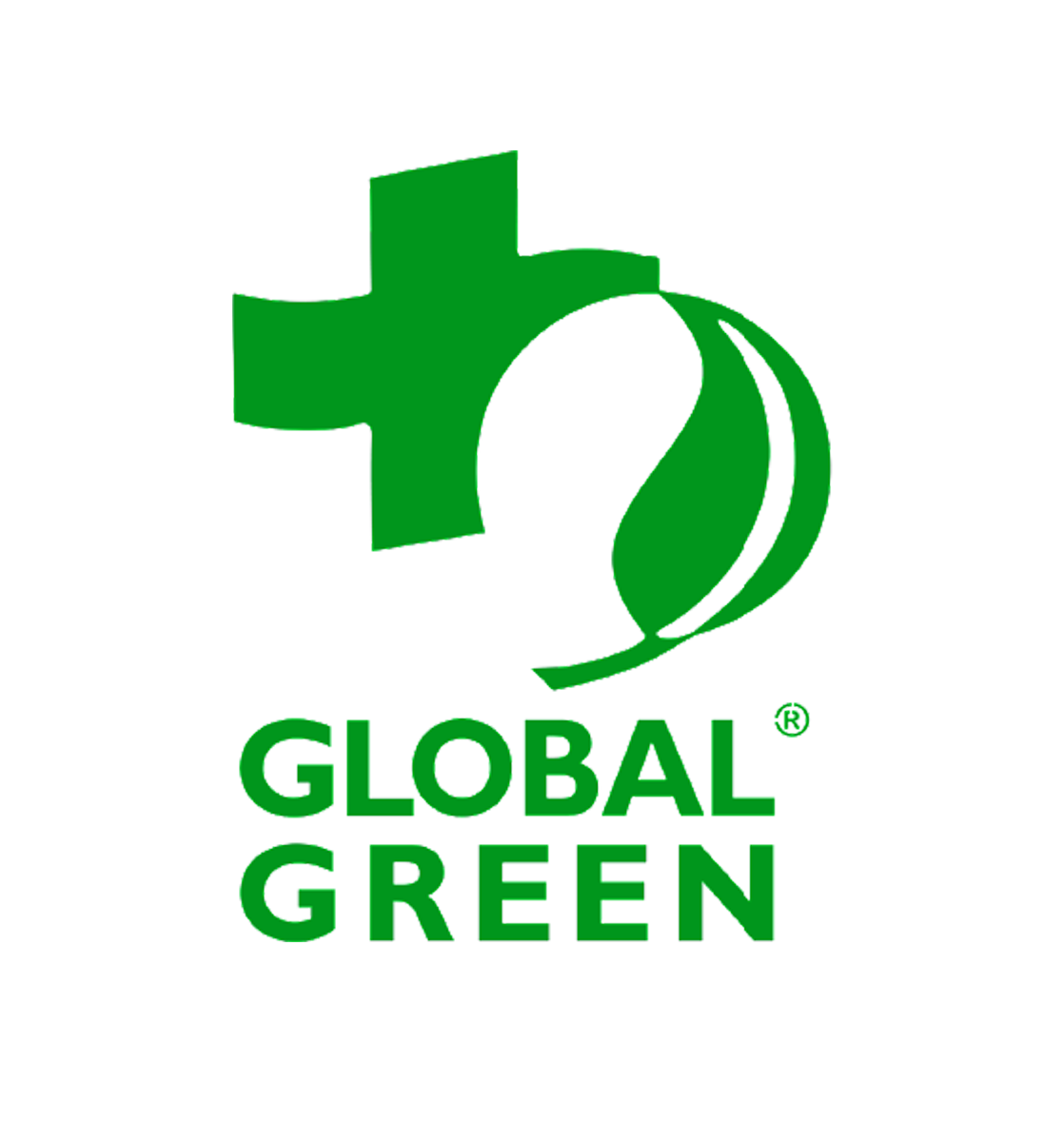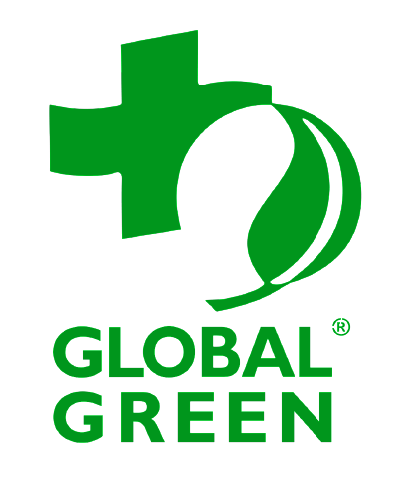New Paragraph
WHAT IS A GLOBAL GREEN COMMUNITY?
A Global Green Community is made up of both aspirational goals for cities globally, as well as specific initiatives adapted for the area.
Providing affordable green and energy efficient housing can dramatically improve the quality of life for underserved communities and is a step towards environmental social justice. Community resilience begins in the empowerment of people. They in turn can become a driving force for change and leadership in their own communities.
The determination is to cultivate a more peaceful, equitable and sustainable future for its residents, and for the planet. This aim is environmental justice for marginalized communities impacted by ecological and social inequalities.
A Global Green Community is inspired by the guidelines of the Earth Charter, an international declaration and framework with fundamental principles for building a just, peaceful and sustainable global society, which is endorsed by United Nations Educational, Scientific and Cultural Organization, The International Union for Conservation of Nature, The United Nations Environment Programme, and The World Health Organization.
A Global Green Community as well aims to align with the United Nations 17 Sustainable Development Goals, a universal call to action to end poverty, protect the planet, and other global frameworks such Net Zero, meaning to reduce greenhouse gas emissions.
THE COMMON ELEMENTS OF A GLOBAL GREEN COMMUNITY

A Global Green Community aspires to be built with the following essential elements of: Green Housing, Organic Food Center, Open Parks and Recreational Spaces, LEED-Certified Community Center, Recycling Center, Climate Emergency, and Education Program.
Green Housing – is affordable housing built with sustainable green materials, net zero energy efficiency, and fitted with solar panels.
Organic Food Center – is an outlet source of fresh healthy foods at affordable prices. It promotes sustainable food security, and helps community members to have the possibility to make healthy food choices.
Open Park and Recreational Spaces – are open parks with flora and recreational areas for residents, as well as creating neighborhood community gardens, are places where people can come together in natural environments.
LEED-Certified Community Center – is a place where residents can gather for educational seminars, and empowerment
resources, as in green livelihood training, business startup tools, and education for sustainable development. This is net zero energy carbon neutral building, using solar panels, high performance building design, HVAC systems, energy and resource monitoring systems, and energy efficient appliances.
Community Recycling Center – can be located in the community center and is equipped with state-of-the-art recycling technology, with focus on creating reusable materials.
Climate Emergency and Education Program – can provide climate emergency and sustainability educational programs in the local schools and throughout the community. Climate Action is one of key priorities in UNESCO’s ESD for 2030, meaning the global framework for Education for Sustainable Development’s in the next 8 years.
These are the elements that can help enable the three distinct outcomes for a community – affordable green living, community spaces and education for sustainable development.
WHAT IS LEED?
A prerequisite for a Global Green Community is to build and/or rebuild homes with green building standards and certification systems such as the LEED certified guidelines for the housing construction. This means cutting edge sustainable materials, in combination with renewable energy sources, and aligned to the goals of Net Zero (meaning to reduce greenhouse gas emissions).
LEED stands for Leadership in Energy and Environmental Design is today one of the most accredited rating systems used world-wide for sustainable building practices. LEED was developed by the U.S. Green Building Council in 1998 to set a benchmark for design, construction, maintenance, and operation of high-performance green buildings and homes.
Global Green USA worked together with the U.S. Green Building Council to help develop this framework for sustainable building guidelines, recognized and used globally for 25 years.
Since its first release LEED has continued to grow in prominence and to include rating systems for existing buildings and entire neighborhoods. This certification system aims to identify, implement and measure environmentally friendly design, construction, operation and maintenance.
There are a number of different LEED systems tailored to all types of projects, from tenant retrofits to commercial, and institutional residential buildings. Through a carefully managed, independent, third-party verification system, LEED-certification affirms accountability and the integrity of green building commitments by ensuring project teams are delivering on design plans and goals. Third-party validation helps guarantee that each project saves energy, water and other resources, reducing overall environmental impact.
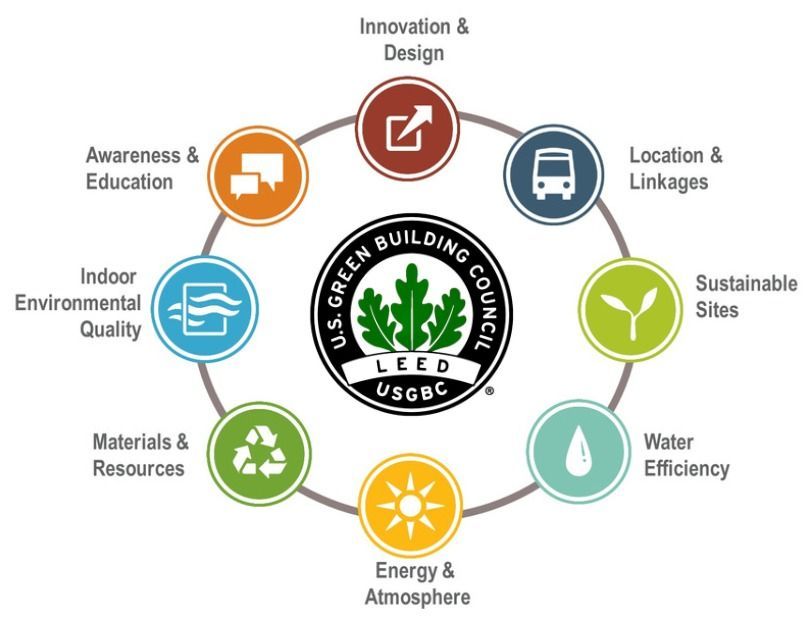
LEED systems guidelines is a ground requirement in setting the foundation for a Global Green Community, if in building new homes, or in repair.
Certified green building practices expanding worldwide are a step in the right direction for climate adaptation and transitioning to a sustainable planetary future.
Climate adaption, sustainable development, and environmental justice are vital for the global community, from marginalized urban communities to developing nations, unfairly affected by environmental degradation and anthropocentric climate change.
COMMON ELEMENTS OF A GLOBAL GREEN COMMUNITY
Global Green Community is both our aspirational goal for cities and program consisting of tailored initiatives that enable a brighter, more sustainable future for residents in need and the environment. It is inspired by the guidelines of the Earth Charter, A United Nations Sustainability Development Goals and other the international frameworks
Green Housing
Affordable green housing built with sustainable green materials and fitted with solar panels
Organic Food Center
Fresh, healthy foods at affordable prices will promote sustainable food growth while helping community members make healthy food choices
Open Parks & Recreational Spaces
Open green parks and recreational spaces for residents to connect and neighborhood community garden
LEED-Certified Community Center
A place for the community to gather and experience educational events, empowerment resources and classes
...that help enable three distinct outcomes for communities...
AFFORDABLE GREEN LIVING
COMMUNITY SPACES
SUSTAINABILITY EDUCATION
THE FUTURE VISION OF GLOBAL GREEN COMMUNITIES

Global Green USA has worked for three decades to uplift impoverished communities living with environmental degradation and suffering health issues, in the US. Our experience in working to develop green building practices is a legacy extending 25 years and serves as a platform for the startup of the Global Green Community project in New Orleans.
The Global Green Community project in the New Orleans 9th Ward City District is envisioned as a pilot startup for underserved communities in need in cities all over in the United States, and a benchmark in alignment with our sustainability goals for 2030.
As we are a part of a global community and a living planetary system, our vision includes bringing forth Global Green Communities for people and places worldwide.
Global Green USA has a long and successful track record in the US working for environmental security and sustainable solutions. Global Green USA has partnered with the Environmental Protection Agency (EPA), for Sustainable Neighborhoods to develop policy change and sustainability impact for underserved communities in 29 US cities, including New Orleans.
Global Green USA conducted Sustainable Neighborhood Assessments (SNAs) in 29 communities across the United States from 2012 to 2016, made possible through a Building Blocks for Sustainable Communities grant with the US Environmental Protection Agency’s Office of Sustainable Communities.
The goal was to enable communities to utilize established sustainability tools to further promote comprehensive analysis and informed decision making related to neighborhood planning and public investment, in order to reduce environmental impacts, mitigate climate change, increase economic resilience, and promote social equity.
The Sustainable Neighborhood Assessment methodology was developed to both recognize and address the potential impacts in neighborhood-scale sustainability efforts. Neighborhood scale sustainability efforts allowed for large levels of impact that affect more community members and yield mutually beneficial outcomes such as tighter integration of infrastructural systems and neighborhood improvements.
GLOBAL GREEN ADDRESSABLE CITIES
29 LOCATIONS assessed to date
24 PROJECTS BUILT based on recommendations
53 SPECIFIC PROPOSALS ADOPTED based on recommendations
Sustainable Neighbourhood Assessments Impacts, Lessons Learned and Future Directions
2012
Dearborn, MI
Eden Prairie, MN
Greensboro, NC
Lafayette, IN
Lakewood, CO
Louisville, KY
Oakland, CA
Philadelphia, PA
2013
Burlington, VT
Camden, NJ
Cary, NC
Hoboken, NJ
Milwaukee, WI
Montgomery, AL
Staten Island, NY
Toledo, OH
2014
Dubuque, IA
Long Beach, CA
Long Beach, NY
Los Angeles, CA
Oak Forest, IL
Santa Monica, CA
Westerly, RI
2015 - 2016
Cincinnati, OH
Memphis, TN
Phoenix, AZ
San Antonio, TX
Seattle, WA
St. Louis, MO
TIMELINE
1994
FOUNDED
Global Green USA is founded by Diane Meyer Simon as the national organization of Green Cross International to foster a global value shift toward a sustainable andsecure future by reconnecting humanity with the environment.
Green Cross International is founded by Nobel Laurette Mikhail Gorbachev the year before in 1993 in Kyoto Japan to bring forth global cooperation for environment.
2005
HURRICANE KATRINA
devastates New Orleans and the Gulf Coast. Global Green USA puts forth a vision for the green rebuilding of New Orleans, including greening schools and homes, and commits a permanent office in the city.
2006
THE WORLD TAKES NOTICE
The Sustainable Design Competition with jury chair Brad Pitt announced. 125 designs are submitted for a net zero energy housing and community center development in the Holy Cross neighborhood of the Lower 9th Ward. Winning design is Workshop APD selected for the Holy Cross Project. The winning design features on national TV show TODAY and online.
2007
BREAKING GROUND
Global Green USA commits to building five single-family homes and the Community Development and Climate Action Center, with lead funding partner, The Home Depot Foundation.
GREEN SCHOOLS:
Global Green provides guidelines and resolution for New Orleans’ Recovery School District to rebuild schools to LEED Silver standards.
INTERNATIONAL FRAMEWORKS
We as humanity stands at the crossroads that will determine our planetary future. The international community has put together global frameworks which serve to guide us in transitioning to a sustainable planetary future. The Global Green Community aspires to align with these guiding principles and global goals:
EARTH CHARTER
The Earth Charter is the most comprehensive document created by humanity with its sixteen holistic guiding principles as an ethical foundation for building a more just, sustainable and peaceful global society in the 21st century. The Earth Charter was brought forth under the leadership of Mikhail Gorbachev, Founding President of Green Cross International, and together with Maurice Strong, Secretary General of the Rio Earth Summit, through a world-wide consultation process, and launched in the year 2000.
The Earth Charter is a call to action and a holistic guide for all human activity on the planet. It aims to inspire an awakening of awareness of our global interdependence and shared responsibility for the wellbeing of the whole human family, the greater community of life, and for future generations. It acts as a sustainability guideline for communities and provides a framework that can help them to identify their own priorities on the way forward to a sustainable future. It supports defining goals and targets, developing strategies, measuring progress and provides practical instruction.
The Earth Charter principles are interdependent. They show us for example we cannot achieve environmental health without also working towards social environmental and economic justice - and doing it democratically, without violence. This interdependence, when translated into practical applications for community leaders, means that we need to understand our communities as whole systems.
SUSTAINABLE DEVELOPMENT
GOALS
The United Nations has set 17 Sustainable Development Goals (SDGs), are an urgent call for action by all countries, developed and developing, in a global partnership. They recognize that ending poverty and other deprivations must go hand-in-hand with strategies that improve health and education, reduce inequality, and spur economic growth, all while tackling climate change and working to preserve our oceans and forests.
We recognize the need for a holistic, integrated and global approach to developmental and environmental challenge. we worked to promote such international, multidisciplinary frameworks of development. Green Cross programs correspond to the 17 SDGs.
NET ZERO
Net Zero refers to the balance between the amount of greenhouse gas going into the atmosphere are balanced by removal out of the atmosphere. Net Zero is the internationally agreed upon goal for mitigating global warming in the second half of the century. The International Panel on Climate Change warns that in order to contain the effect of global warming to 1.5°C until the end of this century compared to the 2°C scenario with catastrophic consequences, we effective climate action that is Net Zero aligned in order to advance progress towards this goal.
The different frameworks, all of which complement each other with the same end goal to bring forth a holistic sustainable future for people, places and a planetary future.
PEOPLE ARE THE HEART AND SOUL OF THE COMMUNITY
A community is made up of the heart and soul of its people. The project aspires to empower its residents by bringing people together in community activities for education, individual prosperity, and the greater planetary good. The aim is to improve food security and community health, by way of access to local and affordable healthy organic food sources.
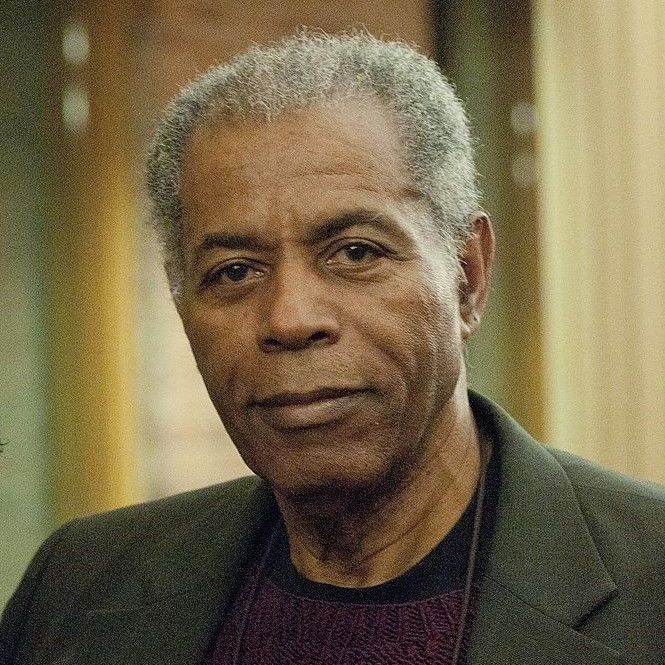
Inspirational Quotes
“We need to became visionaries and take on the battle to the next step. We have to define our own communities, and what like to see in our own community. We have to have hope, and we can hope that anything is possible.”
– Bunyan I. Bryant Jr, Renowned Environmental Justice Pioneer

